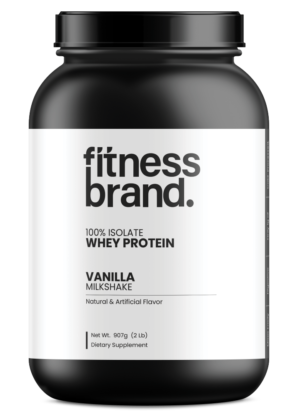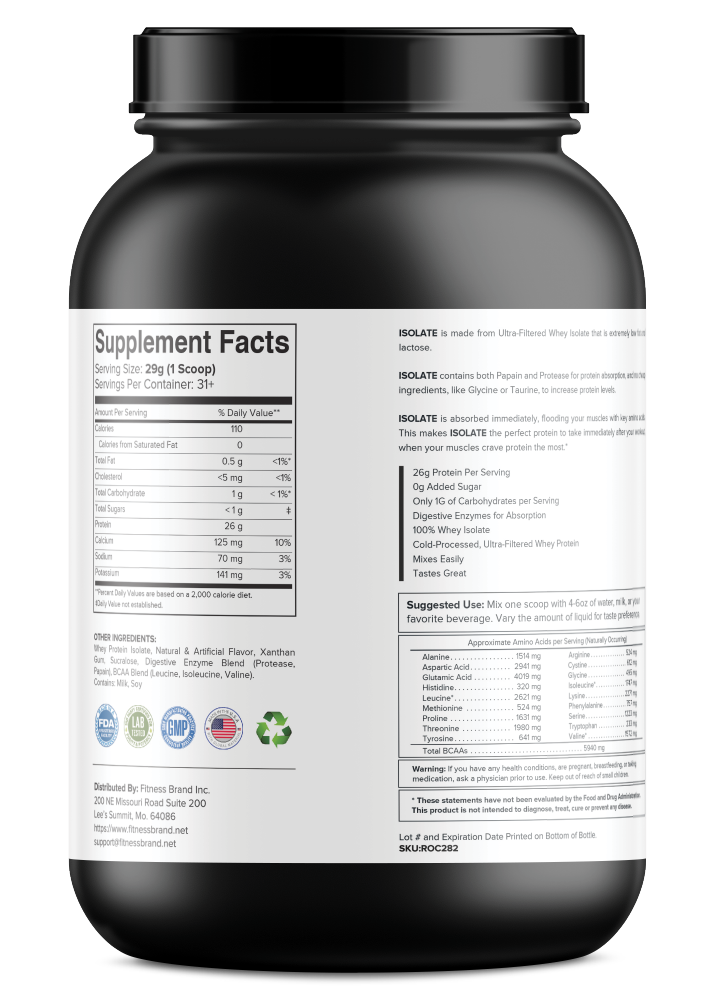


Tracking progress accurately and staying motivated are vital for staying consistent and achieving long-term results.
While the scale offers one measure of progress, it doesn’t account for changes in muscle mass or body fat. Tracking body composition through progress photos, measurements, and body fat percentage provides a more comprehensive picture of fat loss.
Photos and measurements of areas like the waist, hips, and arms can reveal changes that aren’t reflected on the scale. Monthly comparisons provide visual and quantitative feedback, helping you stay motivated by showing the progress made beyond weight alone.
Body fat percentage provides insight into how much of your weight is lean mass versus fat. While scale weight may fluctuate, a lower body fat percentage is a strong indicator of improved body composition and health (Melby et al., 2017).¹³
Fat loss plateaus are common, as the body adapts to lower caloric intake and exercise routines over time. Breaking through plateaus requires adjustments to both diet and physical activity.
Slightly reducing calories or increasing exercise intensity can jump-start progress. Altering routines or incorporating higher-intensity activities can help overcome plateaus and continue fat loss (Mazure & Jones, 2015).¹⁵
Consistency is the cornerstone of fat loss success. Small, achievable goals and celebrating milestones help sustain motivation throughout the journey.
Breaking larger goals into smaller, actionable steps makes the journey feel manageable. Setting weekly or monthly objectives provides a sense of accomplishment and reinforces commitment.
Recognizing your achievements, whether big or small, keeps motivation high and prevents burnout. Celebrating progress with non-food rewards, like new workout gear or a wellness day, reinforces positive habits without derailing your goals.
Category: Lose Body Fat
